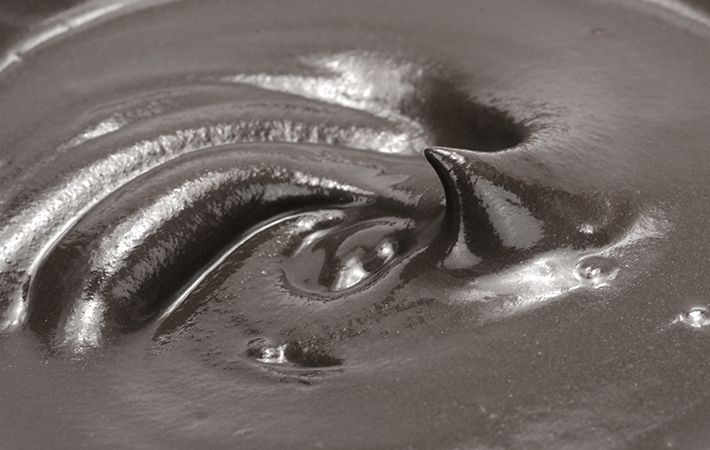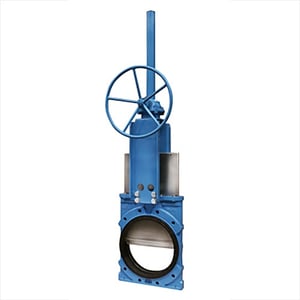
 Slurries can be a tough fluid to move! They can be abrasive, corrosive, and contain a high percentage of solids. You'll find slurries in paper mills, wastewater plants, and frac sand mines. Most operators would agree that slurries are tough on process equipment. In a previous post, we discussed the basics of slurries and pump selection. Today, we’ll talk about important factors and characteristics you should consider before selecting a valve for your slurry application.
Slurries can be a tough fluid to move! They can be abrasive, corrosive, and contain a high percentage of solids. You'll find slurries in paper mills, wastewater plants, and frac sand mines. Most operators would agree that slurries are tough on process equipment. In a previous post, we discussed the basics of slurries and pump selection. Today, we’ll talk about important factors and characteristics you should consider before selecting a valve for your slurry application.
Valve selection is a "function of the service and the price the user is willing to pay". The particular type of slurry service has a significant effect on the type of valve selected; therefore cost should NOT be the deciding factor. For example, for low temperature and low pressure slurries, diaphragm or pinch valves are typically used. For heavier duty slurries with high temperatures and pressure, the valves become more specialized. Most standard valve designs will not hold up against slurries, especially abrasive slurries. Abrasive slurries are determined by their properties, and cause significant wear on process equipment.
Slurry applications require valve manufacturers and engineers to carefully consider three primary forces that impact how the valve will function overtime:
To properly select a valve and narrow the options, an operator should consider the following characteristics of the slurry to make sure the right material of construction, type, and size of valve is selected:
Percentage of Solids
Slurries are typically made up of 30-60 percent solid material. On the extreme side, some slurries can consist of 60-70 percent solids or higher.
Particle Size
If a slurry contains larger particles they will likely become jammed if the valve has narrow restriction.
Flow Rate
This is important when considering wear and material loss.
Temperature and Pressure
The maximum temperature and pressure of the slurry is especially important when selecting sleeve or seat materials for use in the valve. Some elastomers work great for elevated temperatures, while others are best suited for use at ambient temperatures. Generally speaking, elastomers and polymers with good wear characteristics have service temperature limitations of 120 degrees.
Composition
Corrosivity needs to be considered for not only selecting the correct sleeve or seat material, but also when selecting a compatible material of construction for the metal body, housing, or gate of the valve.
Viscous and abrasive media is known to cause severe scaling, so it's important to understand the potential for scaling or crystallization with your slurry. Scaling limits production and can be detrimental to the life of equipment. However, most valves, including the seat, coating, actuator control schemes can be designed to accommodate any build-up of scale or crystallized media within the valve.
For slurry applications, valve selection is not a perfect science, so it's important that you work with a qualified engineer for the best recommendations based on the slurry characteristics and forces that can cause premature valve failure if not carefully considered.
These Stories on Valves
Headquarters and Service Center
Located outside Green Bay, WI
707 Ford Street
Kimberly, WI 54136
920-733-4425
OptiFlow Design and Build Center
1002 Truman Street
Kimberly, WI 54136
920-733-4425
Burnsville Service Center
12265 Nicollet Avenue
Burnsville, MN 55337
952-444-1949
Grand Rapids Service Center
26489 Industrial Blvd
Cohasset, MN 55721
952-444-1949
© Copyright 2024. Crane Engineering. All Rights Reserved. Privacy Policy.